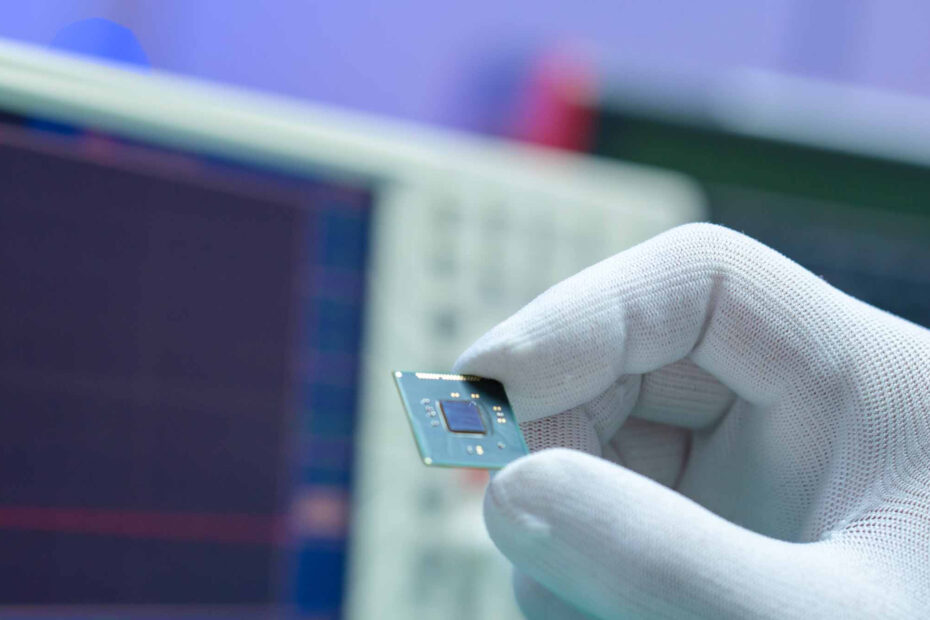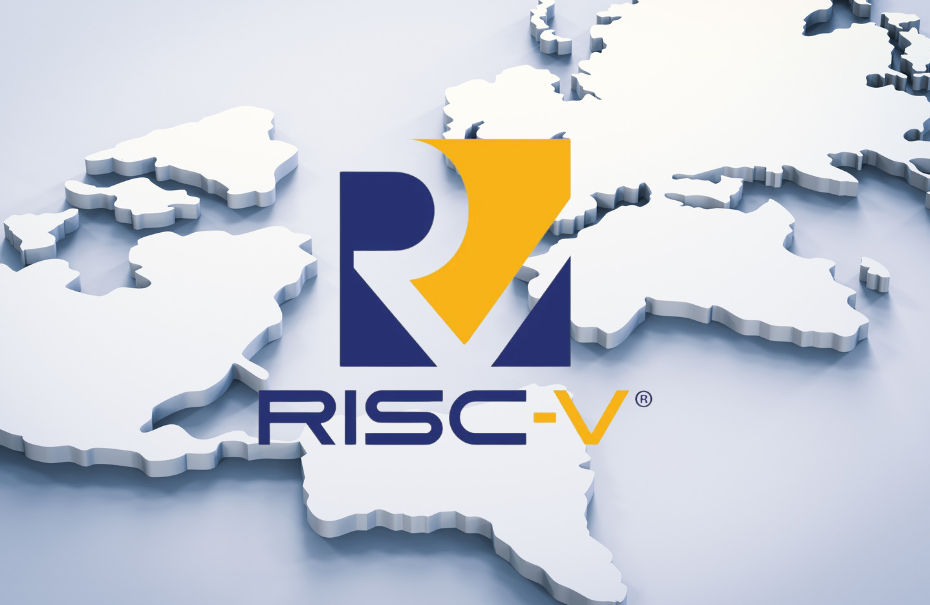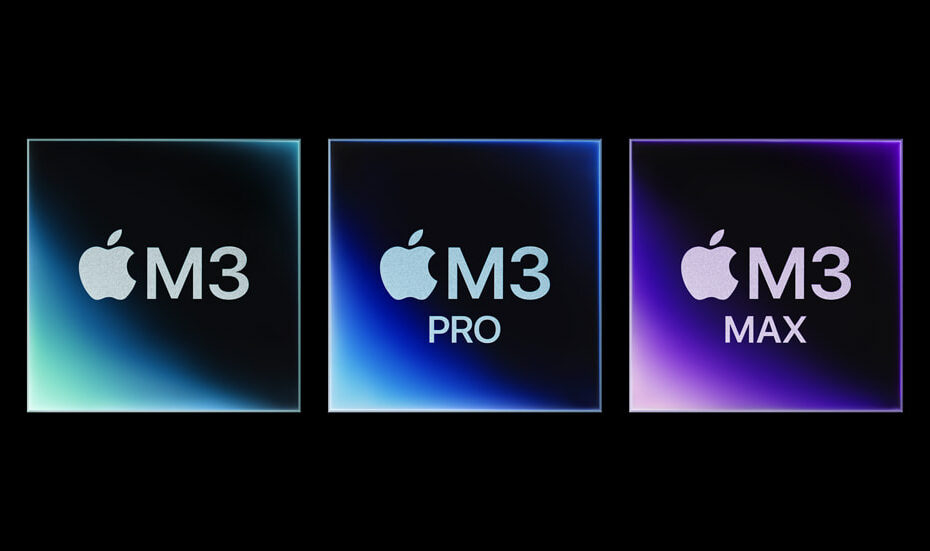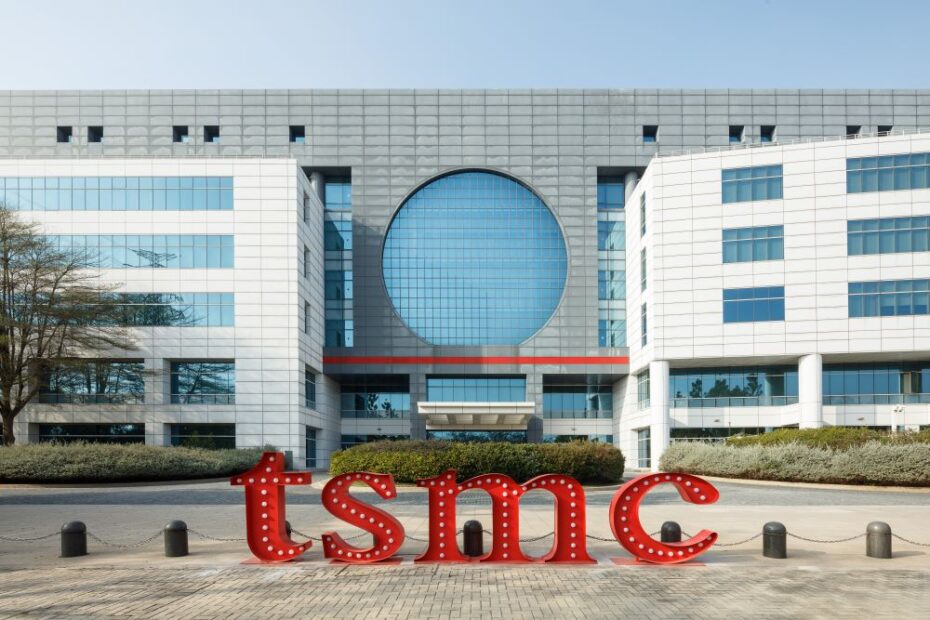By Bolaji Ojo
What’s at stake:
The microcontroller market is in shambles because suppliers let their guards down, excessively adding production capacities because of wildly optimistic forecasts and doubled orders for components from customers. The recovery of the MCU market will take several years. As they rebuild, vendors must also review their recent experiences and try (again) to install safeguards against reoccurrence of the errors that are today hurting the sector.
In June, 2023, the Ojo-Yoshida Report asked: What’s Next for Microchip’s Steve Sanghi? The answer came in a sudden rush this week.
Sanghi, founder and former CEO of Microchip Technology Inc., is back again in the corner office, having stepped in temporarily to assume leadership of the company from Ganesh Moorthy, who will retire as of the end of November.
A scamp might say Moorthy, a 23-year veteran of Microchip who took over from Sanghi in 2021, was pushed out due to sales problems at the microcontroller vendor. That would not be totally untrue. Microchip is hurting, alongside the rest of the microcontroller market. Other MCU CEOs may be spared, but most suppliers in the sector are rambling through the roughest gloom in the history of the market with at least one year of tepid growth ahead.
It’s rough saying it – and perhaps a tad unfair – but microcontroller vendors mainly have themselves to blame for the mess.
Read More »After Covid, MCU Makers Gambled … and Lost. What’s Next? 









